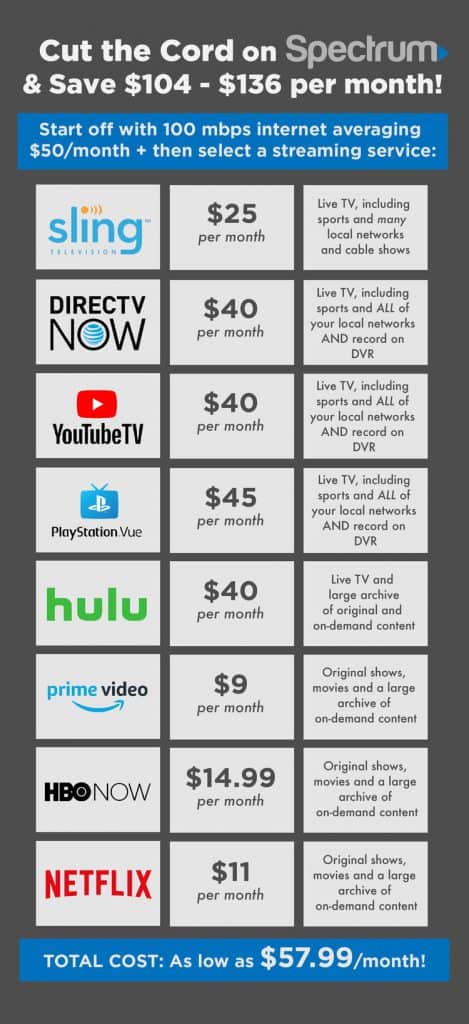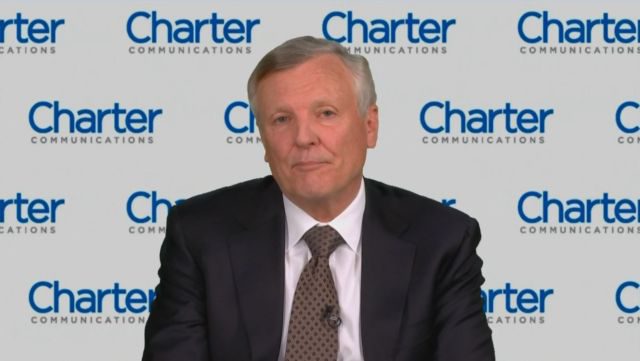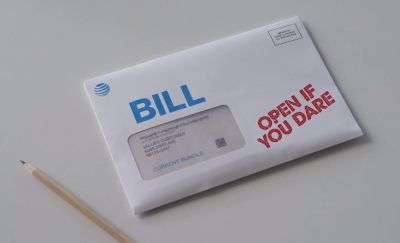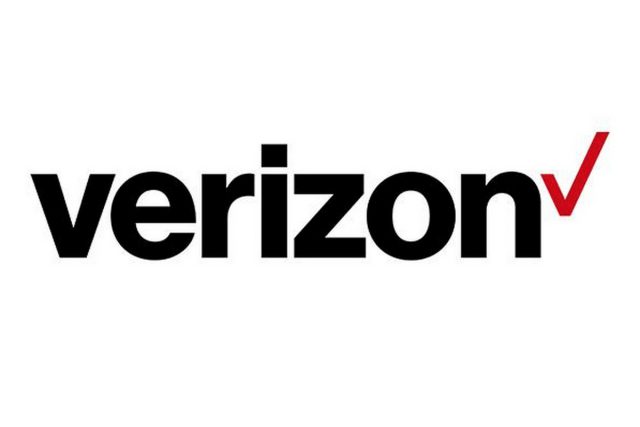
A new union-sponsored website promises consumers they can find a better deal with a different video provider.

(Courtesy: Cut the Cord on Spectrum)
Many of the more than 1,800 Charter/Spectrum workers in the New York City area, on strike since early 2017, have teamed up in a new campaign to encourage customers to cut cable’s cord and disconnect service.
“We all know a typical cable/internet bill with Spectrum runs about $164 – 194 (can’t forget those equipment rental fees, DVR fees & random bill increases!),” the Cut the Cord on Spectrum website says. “By cutting the cord on Spectrum and signing up for streaming services – many of which offer Live TV options including all your favorite cable network and sports channels – you can cut your bill down to as low as $57.99/month!”
The website offers basic advice on alternative providers that stream video programming over the internet, including general pricing and included features. The website implies choosing any other provider is probably better than sticking with Spectrum.
“Spectrum customers – along with the N.Y. Attorney General’s office – have a long list of gripes with Spectrum Cable,” the site claims. “With an income over $490 million and CEO Tom Rutledge earning a salary of $98.5 million, it’s clear that Spectrum Cable is fleecing its customers, overcharging for horrible service while raking in huge profits.”
The International Brotherhood of Electrical Workers Local 3 is behind the latest digital effort to make life difficult for Charter Communications. The union plans to spend “tens of thousands of dollars” on online ads targeting zip codes where Spectrum provides cable service, according to union officials.
The union is getting significant support from politicians downstate, including New York Gov. Andrew Cuomo, who blasted Charter at a well-attended union rally in front of Charter’s headquarters on Wednesday in Manhattan.
“[Spectrum’s] CEO in 2016 made $100 million. The COO of Charter Spectrum, $50 million. The company made $15 billion,” Cuomo told the audience. “How dare you abuse the hardworking men and women that built that company and put the money in your pocket?”
The governor also continued his ongoing attack on NY1 – Spectrum News, a company-owned 24-hour news channel. Many union-supporting politicians have refused to appear on NY1, accusing the channel of bias.
“You want to know what’s interesting about their news organization? It has a very selective memory, their news organization,” Cuomo said. “You know what their news organization never covered? The fact that the state of New York is trying to take away their franchise and kick them out of New York. You know what their news organization failed to cover? The fact that 2,000 Local 3 members were kicked to the street and they’re rallying for two years for fairness and decency.”
Gov. Andrew Cuomo blasted Charter Spectrum at a rally held Wednesday in front of Spectrum’s corporate headquarters in New York City. (15:19)


 Subscribe
Subscribe AT&T continues to gently discourage the media and investors from comparing its 5G strategy with that of its biggest competitor, Verizon, suggesting the two companies have different visions about where and how 5G and small cells will be deployed.
AT&T continues to gently discourage the media and investors from comparing its 5G strategy with that of its biggest competitor, Verizon, suggesting the two companies have different visions about where and how 5G and small cells will be deployed. “If we’re there, we build small cells primarily for capacity,” noted Mair, adding the company believes “the mobility use case is probably the right place to be spending our time and effort.”
“If we’re there, we build small cells primarily for capacity,” noted Mair, adding the company believes “the mobility use case is probably the right place to be spending our time and effort.”

 Rutledge told investors he does not see much threat from Verizon FiOS or its newly launched 5G offerings, and has no immediate plans to upgrade service in Verizon service areas because neither offering seems that compelling.
Rutledge told investors he does not see much threat from Verizon FiOS or its newly launched 5G offerings, and has no immediate plans to upgrade service in Verizon service areas because neither offering seems that compelling. AT&T is responding to its deepening losses of satellite television customers by slashing prices for those threatening to leave by as much as $90 a month and throwing in Visa debit cards worth up to $300 if customers agree to stay.
AT&T is responding to its deepening losses of satellite television customers by slashing prices for those threatening to leave by as much as $90 a month and throwing in Visa debit cards worth up to $300 if customers agree to stay.

